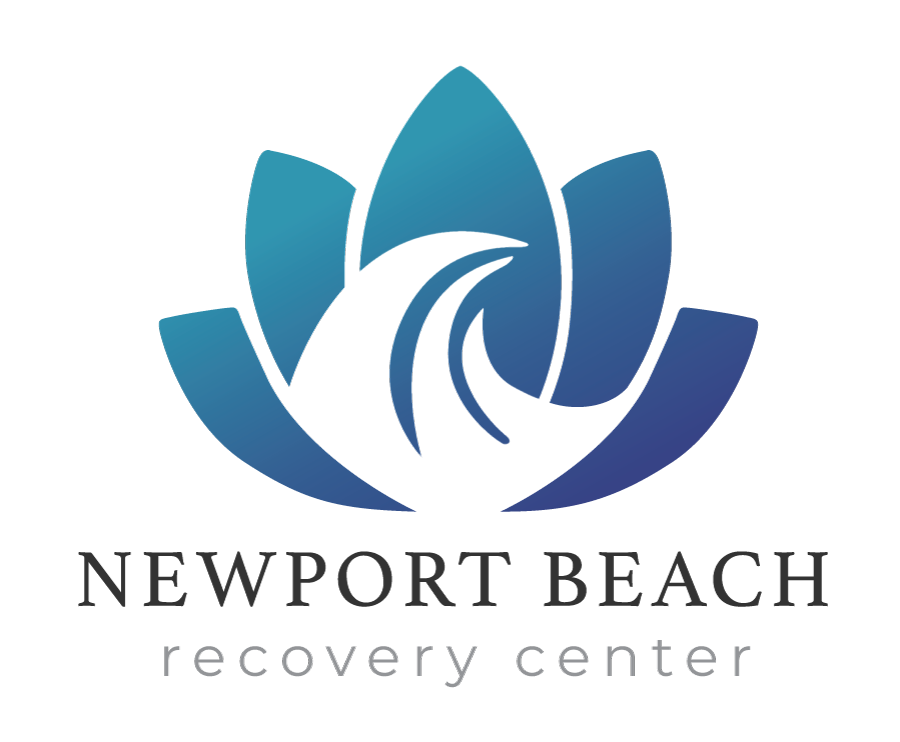The opioid epidemic is very real, and communities all over America are dealing with the fallout of aggressive over-prescription of opioids. Tens of thousands of people became addicted to opioid-based painkillers and engaged in substance abuse as a direct result. The opioid addiction crisis has sent many people to seek out addiction treatment in order to recover from an addiction they were led into by pharmaceutical companies seeking profit in any way possible. The Centers for Disease Control estimates the cost of prescription opioid abuse costs the U.S. $78.5 billion annually from loss of productivity, healthcare-related to the addiction, addiction treatment, and law enforcement activities involving opioid substance abuse.
How the Opioid Epidemic Began
For most of the 20th century, physicians prescribed opiates for pain relief on a limited basis. They were prescribed for certain types of injuries or conditions and as needed, but physicians preferred to resort to other forms of pain relief. Then in the 1990s, the medical field decided to take patient pain more seriously and loosened up on prescribing opioids for pain relief. Around the same time, pharmaceutical companies began a nationwide marketing push to promote their opioid pills for pain relief and touted the low risk of addiction in combination with the effectiveness of the pills.
These changes coincided with a change in how Americans live their daily lives which resulted in more social isolation and untreated mental health issues that include depression and anxiety. These issues can manifest as physical pain. Physicians are more likely to prescribe opioids for people with anxiety instead of treating the condition. In turn, the patient is at increased risk of developing an opioid addiction due to the highly addictive nature of opioids.
Another aspect of the opioid epidemic is the fact that people have different perceptions of pain. One individual may feel that the pain they’re experiencing is manageable and at a level 2 on a scale from 1-10 while another may feel that the same pain is at a level 9. Because there’s no effective way for physicians to verify the pain apart from their own experience and judgment, they will prescribe opiates for the patient who’s self-reporting a level 7 pain that’s really a level 2.
Ending the Opioid Crisis
Resolving the opioid epidemic isn’t going to be easy. There are people who have a legitimate need for opioid-based pain killers which means the medication still needs to be manufactured. Physicians have to balance prescription with the risk of opioid addiction and the potential for eventual addiction treatment for their patients. No physician wants to harm their patients; In fact, it’s part of the Hippocratic oath. There will most likely always be a risk of opioid addiction until a more effective, non-addictive pain reliever has been discovered.
Physician education is another aspect of ending the crisis. It’s not unusual for a physician to take the word of a drug manufacturer when it comes to the efficacy of a medication. Thousands of physicians fell prey to pharmaceutical manufacturers’ claims of their opiates being safe to use and shows a need for medical professionals to engage in ongoing education about addictive substances and their potential for patient abuse. Physicians who are informed are more likely to engage in the responsible prescription of pain medication and less likely to prescribe opiates to patients who self-report pain without a definitive physical cause.
Encouraging people addicted to opioids to get addiction treatment for their substance abuse can be highly beneficial for themselves and the communities affected by the opioid crisis. Patients who enter addiction treatment programs are also more likely to get their underlying mental health issues addressed and properly treated. Those who successfully resolve their addiction and find help for their mental health issues are returned to society with the tools they need to lead a productive life. They also talk about the benefits of getting clean and healthy to others who may be ready to change their lives for the better and also take action.
The Final Efforts
The fallout from the opioid epidemic is going to take time to resolve. It has a high relapse rate due to the physical changes in the brain that cause addiction. Reducing the brain’s physical need for the euphoric effects of opioid consumption is not an easy task, and it can take a long time for someone to get free from that craving. Proactive efforts to prevent new cases of addiction are being made, but more needs to be done to reduce prescription opioid addiction and the resulting substance abuse. The opioid epidemic is far from over, and the country is just starting to get control of the situation. Building upon the efforts already made can help the country heal and move forward from the damage done by opioid addiction.

